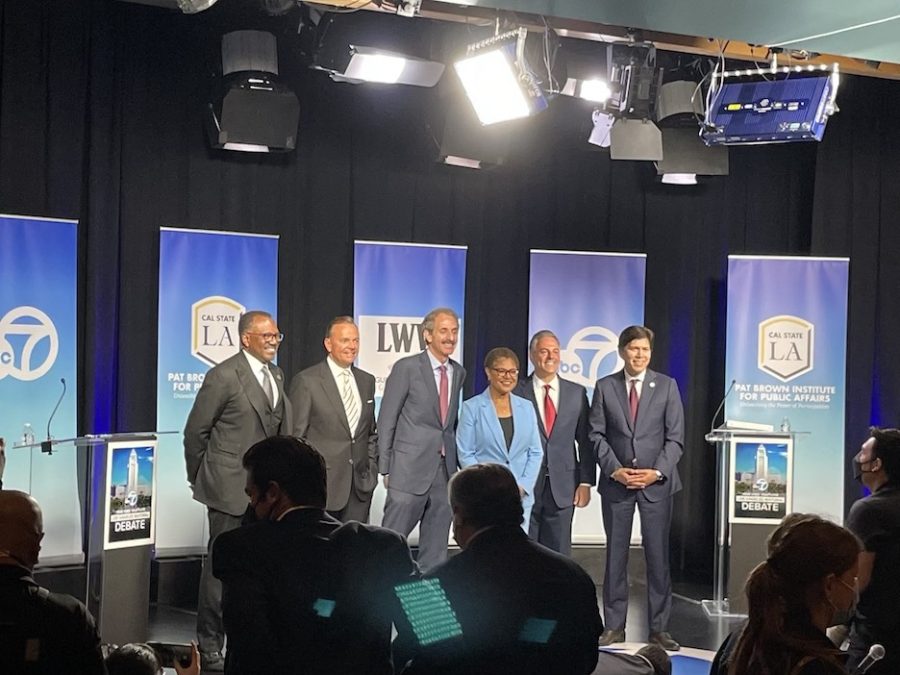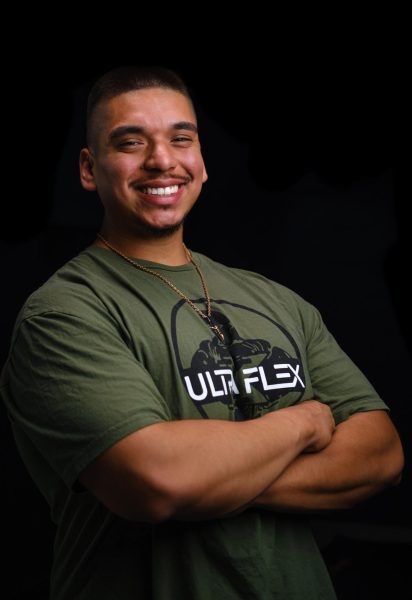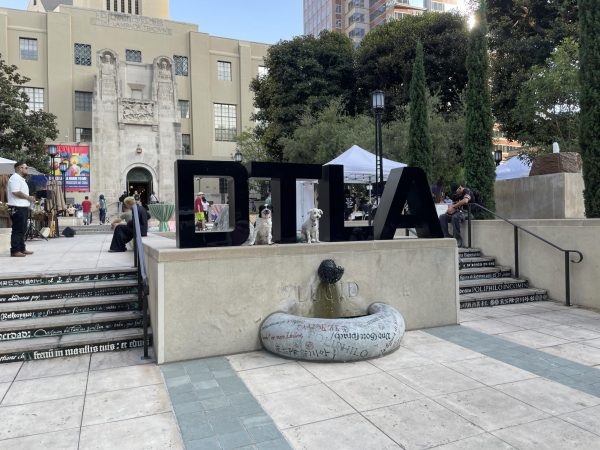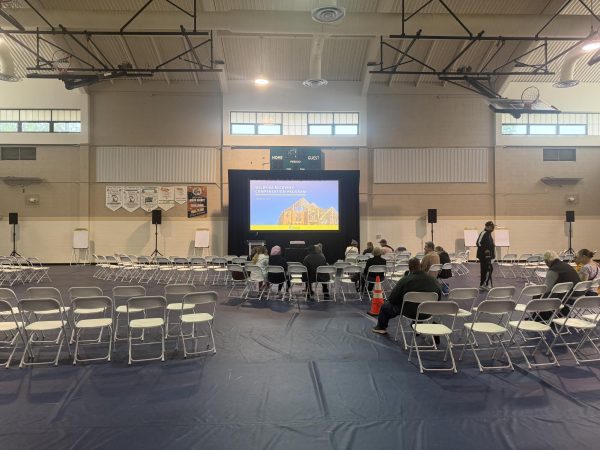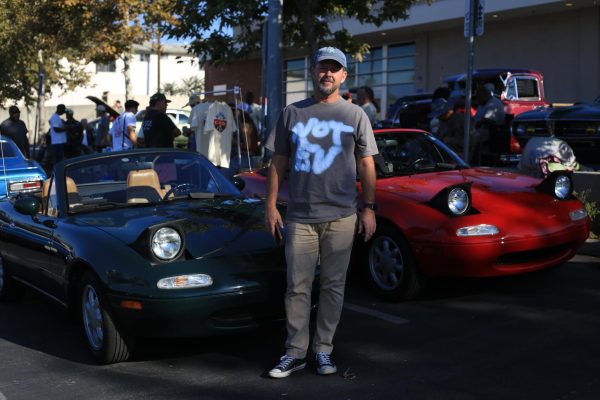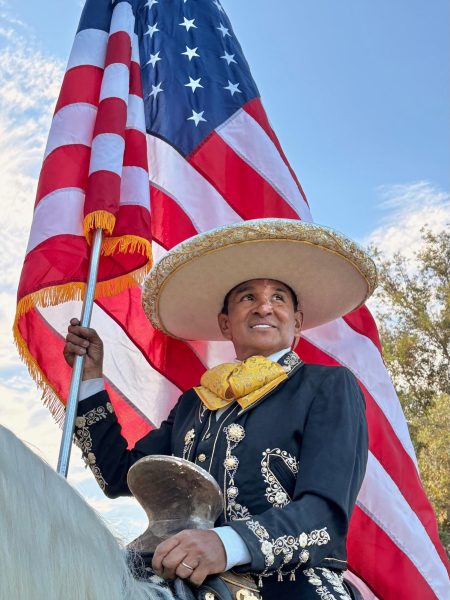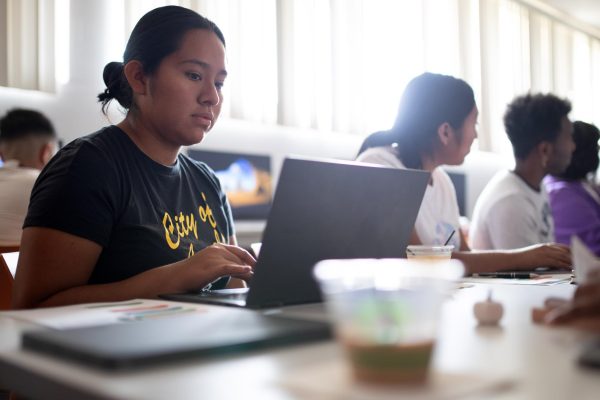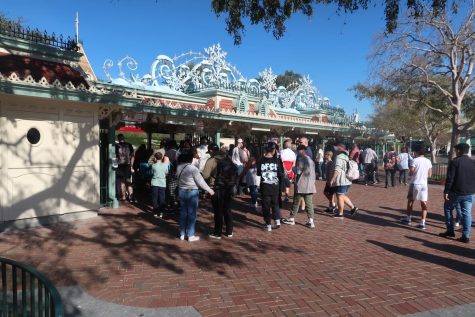Hefty contributions for LA mayoral candidates from wealthy areas, including outside the city
Meanwhile, housing affordability and homelessness top issues of public concern
As Los Angeles enters a post COVID-19 era, the city is yet to fully recover from the effects of the two-year pandemic that left more people on the streets and impacted the livelihood of working Angelenos.
So it’s no surprise that homelessness, crime and housing availability and affordability are some of the city’s biggest challenges and were largely the subject of a mayoral debate at Cal State LA earlier this month. Five candidates each made a case for why they’re best positioned to fill the city’s top job, currently held by dual-termed incumbent Eric Garcetti. The primary election is June 7 and the top two candidates will face off in November.
And yet, Los Angeles residents aren’t the only ones that influence elections. Campaign dollars mean more advertising to spread the word about a candidate, and billionaire developer Rick Caruso, a front-runner, has had plenty, spending a whopping $23 million on his campaign, largely from his own pocket, according to the Los Angeles Times.
UT Community News analyzed data from the U.S. Census Bureau and the Los Angeles Almanac, and the Los Angeles City Ethics Commission’s reported campaign contributions for mayoral candidates who received over $1 million as of Jan. 1, 2021: Congresswoman Karen Bass, Council Member Kevin de León, and two others who have since dropped out of the race and endorsed other candidates, City Attorney Mike Feuer and Councilmember Joe Buscaino. The analysis found:
- About $1.5 million came from folks who identified themselves as attorneys, business owners and executives, accounting for one-third of the total donations.
- About $2 million of the $5 million in contributions reported to the candidates last year came from residents who live in the city and can vote for the mayor. Similarly, 45%, or nearly $1.8 million, of the $3.97 million in contributions from residents of Los Angeles County came from outside the city proper.
- One-fourth — or roughly $992,000 — of the $3.97 million contributed to the four candidates from around L.A. County came from the 25 zip codes with the highest median household incomes. Those 25 areas make up less than 9% of the 284 zip codes examined in Los Angeles County, and all but six of those communities are from outside the city of Los Angeles.
Political science experts feel that contributions from wealthier areas could potentially muffle some of the biggest concerns within lower-income neighborhoods, such as the cost of living, because those residents may not have the extra cash to endorse a candidate who will advocate for their needs.
Data analysis and visualization by UT Community News. Data from the Los Angeles City Ethics Commission, the U.S. Census Bureau and Los Angeles Almanac.
“It’s kind of always the case that renters or lower-income people are contributing less,” Cal State L.A. political science professor Taylor Dark said. “The contributions tend to come from upper middle-class people, professionals, who have extra money which is just going to limit the voices of the lower income. That factor may impact, to some degree, the extent to which the candidates and those people who are elected address some of the concerns of lower income people. I think that’s a serious possibility in the city.”
Bass, de León, Feuer and Buscaino could not be reached for comment, despite emails.
Although low-income residents may not have the resources to contribute to a candidate of their liking, historically they make up a massive portion of voters. According to the Poor People’s Campaign, a non-profit that fights poverty and systemic racism in the U.S., poor and low-income people accounted for 35% of the total votes during the 2020 presidential election, the highest turnout in history.
Stephanie Hernandez, a Cal State L.A. student who lives on campus, said she plans to cast her ballot in favor of community and social justice activist Gina Viola, who had raised about $30,000 as of mid-April.
Viola “would make a better mayor than any of the candidates here,” Hernandez said, a freshman mechanical engineering major from Gardena. “I’ve seen her out at rallies and protests standing side-by-side with the people of Los Angeles and I believe she’s truly for the people.
Homelessness
Some of the Eastside and Northeast Los Angeles, including Cal State L.A., falls in Council District 14, which has the highest number of homeless people across all districts in the city, according to the 2020 count by the Los Angeles Homeless Services Authority.
In a Spring 2022 poll from Loyola Marymount University, Angelenos were asked to rate the homelessness situation where they live as well as how they believe the situation will develop over time: 60% gave a “poor” rating and 64% of people predicted that homelessness would get worse over the next year.
“As this campaign has been developing, it seems like the biggest issues — especially according to public opinion polls for Los Angeles, but also, in terms of what the candidates are talking about — are first off, the homelessness problem,” Dark said.
Councilman Kevin de León said the city should require the creation of more affordable housing — despite the yearslong process of building it and the $500,000 per unit price tag that comes with each new unit.
“We have to mandate affordable housing because the market forces won’t create the number of units that we need for working Angelenos,” councilman de León told UT Community News.”We have more than 70,000 vacancies right now that are luxury and that’s not helping working people who actually make the city go. City council has already adopted my [plan] to get 80% of unhoused neighbors off the street by the year 2025, which is a much more realistic plan.”
Crime
Dark said another big campaign issue is the “increase in crime, especially homicides. [It’s] a big increase from a couple years ago.”
There was a 94% increase in homicides from 2019 to 2021 and a 59% rise in auto thefts, according to a year-end report by the Los Angeles County Sheriff’s Department.
That’s why some residents who previously supported Buscaino, a former police officer, are now backing Caruso, who once served as president of the L.A. Police Commission.
“There’s a lot of dissatisfaction out there in the city, and it just seems to be the case in a lot of our big cities,” said Dark. “I actually think that there’s going to be a better [voter] turnout this year because we have…different kinds of candidates. It’s an open race and it’s not really obvious who’s going to win.”
Incentive to draw support from the city
Although a sizable portion of mayoral campaign contributions come from outside the city, some say donations from within the city can be a gold mine.
That’s because the city’s matching funds program provides public funds at a 6:1 ratio for qualified contributions that a candidate receives from private individuals — someone not representing a group or organization, according to the L.A. City Ethics Commission. So, if a private individual gives $100 to a candidate, the matching funds program would give them another $600. Funds are matched up to $114 per contributor.
Thanks to the public funding program, Dark said, “those contributions from outside the city, they’re not as valuable actually as contributions from within the city.”
Community News produces stories about under-covered neighborhoods and small cities on the Eastside and South Los Angeles. Please email feedback, corrections and story tips to UTCommunityNews@gmail.com.

Marcos is a journalism major who focuses on news coverage of underreported people, communities and nonprofits on the Eastside and South L.A. He also has...

